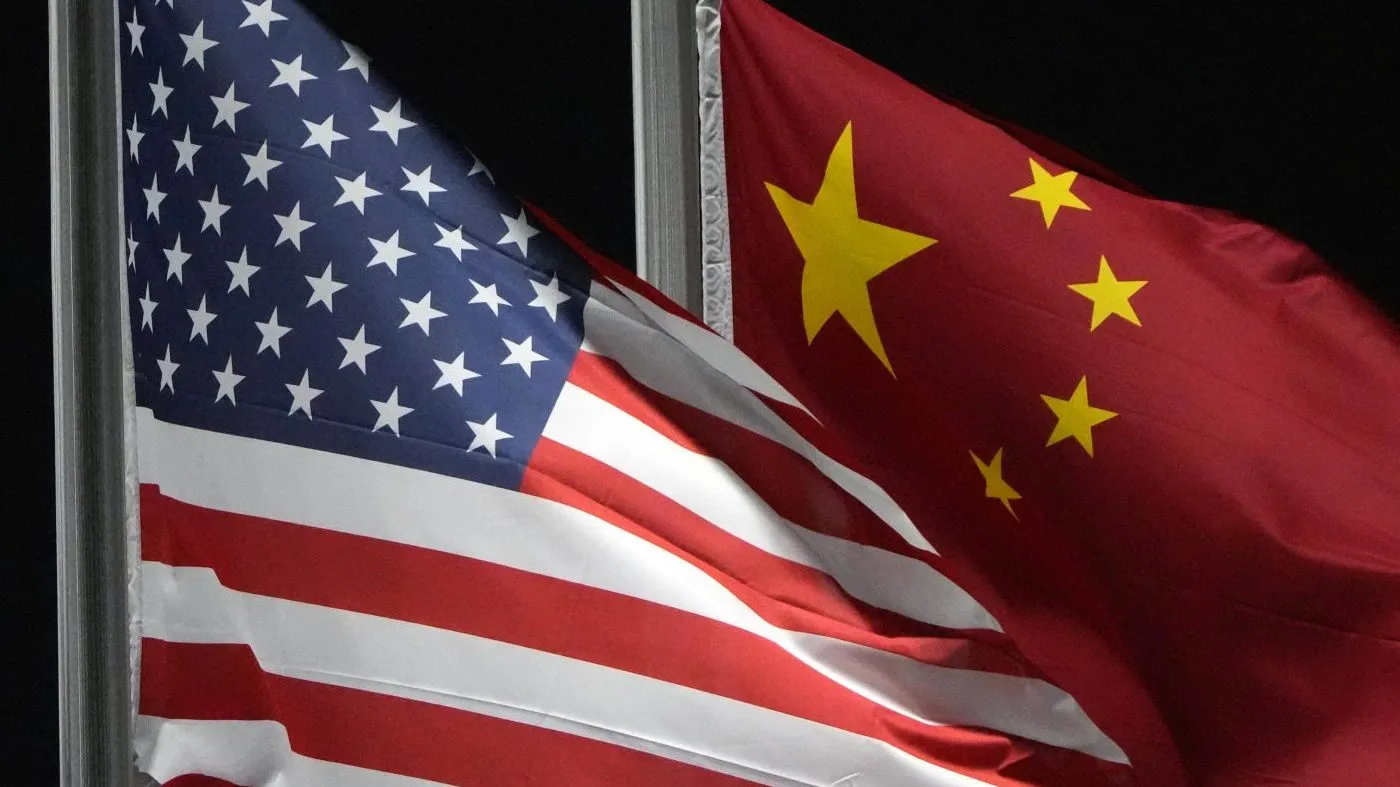USA-China Trade Truce Sparks Crypto and Stock Market Optimism
13.05.2025 9:00 1 min. read Alexander Stefanov
Global markets are gaining traction after the U.S. and China struck a short-term trade deal, dialing down tariffs to 10% for a 90-day period starting May 14.
The agreement, announced in Geneva, signals a rare moment of alignment between the two economic giants, easing fears of prolonged decoupling.
While Bitcoin had already led the rebound in risk assets, analysts now believe broader markets—including equities and altcoins—could follow.
Nansen’s Aurelie Barthere notes that with trade tensions cooling, assets previously under pressure may rally alongside BTC, which is just shy of its all-time high.
Barthere also hinted that a potential tax relief package expected by mid-July could further accelerate gains—especially if it includes deeper corporate and income tax cuts. Such a move, paired with positive technical patterns in Bitcoin, could fuel a surge past $150,000, according to some projections.
The broader message? Markets are suddenly more hopeful. Whether driven by geopolitical diplomacy or fiscal stimulus, risk appetite is back on the table.
-
1
Trump Targets Powell as Fed Holds Rates: Who Could Replace Him?
27.06.2025 9:00 2 min. read -
2
U.S. PCE Inflation Rises for First Time Since February, Fed Rate Cut Likely Delayed
27.06.2025 18:00 1 min. read -
3
Key U.S. Economic Events to Watch Next Week
06.07.2025 19:00 2 min. read -
4
Gold Beats U.S. Stock Market Over 25 Years, Even With Dividends Included
13.07.2025 15:00 1 min. read -
5
U.S. Announces Sweeping New Tariffs on 30+ Countries
12.07.2025 16:30 2 min. read
IMF Disputes El Salvador’s Bitcoin Purchases, Cites Asset Consolidation
A new report from the International Monetary Fund (IMF) suggests that El Salvador’s recent Bitcoin accumulation may not stem from ongoing purchases, but rather from a reshuffling of assets across government-controlled wallets.
Sberbank Moves to Dominate Russia’s Crypto Custody Sector
Sberbank, Russia’s largest state-owned bank, is preparing to launch custody services for digital assets, marking a significant expansion into the country’s evolving crypto landscape.
Bank of America CEO Confirms Stablecoin Plans Are in Motion
Bank of America is actively developing a stablecoin offering, CEO Brian Moynihan revealed during a post-earnings conference call on Wednesday.
PayPal Expands PYUSD to Arbitrum in Latest Blockchain Push
PayPal has expanded its stablecoin, PayPal USD (PYUSD), to the Arbitrum network, marking a key step in its strategy to integrate with faster, more cost-efficient blockchain infrastructure.
-
1
Trump Targets Powell as Fed Holds Rates: Who Could Replace Him?
27.06.2025 9:00 2 min. read -
2
U.S. PCE Inflation Rises for First Time Since February, Fed Rate Cut Likely Delayed
27.06.2025 18:00 1 min. read -
3
Key U.S. Economic Events to Watch Next Week
06.07.2025 19:00 2 min. read -
4
Gold Beats U.S. Stock Market Over 25 Years, Even With Dividends Included
13.07.2025 15:00 1 min. read -
5
U.S. Announces Sweeping New Tariffs on 30+ Countries
12.07.2025 16:30 2 min. read


